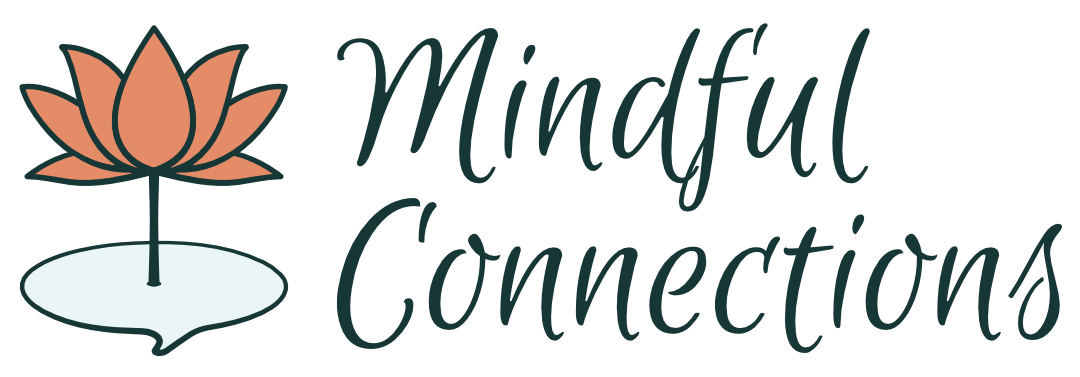How do you know if your anxiety is normal or not?
It can be hard these days to determine if the level of anxiety you’re feeling is normal. The last few years have been so stressful. The COVID pandemic; racism, sexism and homophobia running rampant; an election, war, climate change, inflation…this list is too long. You might be thinking your reaction to this is normal and anxiety disorders don’t really exist. I know I’ve certainly felt this way!
It is normal to feel anxiety when you’re dealing with the unknown and you don’t have control over what happens. It is normal to feel anxious when safety and security are threatened. Anxiety disorders are different – it’s often worries that have little to no factual basis and take up a lot of time, create distress, and stop you from living the life you want. For example, staying up late into the night worrying about finances when you have plenty of money saved up.
Let’s take a look at a few anxiety disorders.
What are anxiety disorders?
We use the blanket term anxiety when we’re talking about mental health conditions that are rooted in fear. Here are three common anxiety disorders I work with regularly in my practice.
Generalized Anxiety Disorder (GAD)
GAD is persistent worry that lasts longer than 6 months about many different topics. You worry about relationships, socializing, money, your health, and world events (for example). The worry is difficult to control and comes with physical discomfort and mood changes, such as:
· Restlessness or feeling on edge
· Being easily fatigued
· Difficulty concentrating or mind going blank
· Irritability
· Muscle tension
· Problems with sleep
People with GAD are often frustrated with themselves because they know they aren’t thinking rationally but they can’t stop the physical symptoms from happening. The worrying is difficult to stop and can lead to issues with sleep, socializing, and relaxing.
Panic Disorder and Agoraphobia
Panic disorder is when you have unexpected panic attacks and you stop doing things you used to do because you’re afraid of having another one. For some people, they might be feeling calm and then the panic attack comes out of the blue. For others, you might feel anxious and then experience a sudden panic episode. Panic attacks usually last 10 – 30 minutes and involve four of more of the following symptoms:
· Palpitations, pounding heart, or accelerated heart rate
· Sweating
· Trembling or Shaking
· Feeling like you can’t breathe
· Chest pain or heaviness
· Nausea/diarrhea
· Feeling dizzy or lightheaded
· Chills or heat
· Numbness/tingling sensations
· Feeling like what happening around you isn’t real or being disconnected from your body
· Fear of losing control
· Fear of dying
Panic disorder can be debilitating. The fear of having another one leads to changing your routines and in some cases, leads to agoraphobia - where you isolate at home and experiences extreme distress when you have to leave the house. This can stop people from seeking employment, seeing friends, or just getting necessities like groceries.
Social Anxiety Disorder (SAD)
Social anxiety disorder is when you feel distress in social situations because you are worried about being criticized, judged, or rejected. You might also show signs of anxiety like blushing or sweating or it might be more subtle like not being able to follow a conversation or think of anything to talk about. You might still go to social events and even enjoy being with people, but it’s almost always endured with anxiety symptoms similar to GAD.
People with SAD feel ashamed of their symptoms and are reluctant to admit to them, despite it being a pretty common mental disorder (affecting about 12% of adults according to the NIMH). It can lead to excessive alcohol or drug use in social situations or avoiding social activities all together. People with SAD very often have a history of bullying, social rejection or trauma.
How do I work with anxiety as a therapist?
I’ll use one simple word to try to sum up my therapy style – relational. This means I take time building your trust. I tend to move at a slower, relaxed pace and when paired with the right client, this leads to a supportive partnership. I have seen clients really make progress when they are able to understand the issues below the surface and implement new ways of coping or thinking.
Here are some interventions that I use regularly to treat anxiety disorders.
Trauma Informed Therapy
Trauma informed therapy involves talking about traumatic events and gaining insight into how they are impacting you currently. It is done at a slow pace and includes multiple theories and styles of treatment without the regimented structure that comes with other trauma therapies (i.e. EMDR, Cognitive Processing Therapy).
Supportive Talk Therapy
I provide a safe and relaxed atmosphere, inviting you to discuss current stressors in your life. This is usually how most therapy with me begins as we get to know each other. Over time, I start to help you recognize behavior patterns or ways of thinking that aren’t serving you. We will also try to come up with some self care strategies together.
Mindfulness Practices
Mindfulness has become a very popular treatment for anxiety. Mindfulness practices, when done over time, have been shown to be effective in reducing physical symptoms of anxiety. It involves meditation, guided imagery, and gentle movements. It doesn’t make the anxiety go away but it changes your response to it. This often leads to the symptoms being less debilitating.
Cognitive Behavioral Therapy (CBT)
CBT is one of the most researched and sought out treatments for all kinds of mental health conditions. With CBT you learn how to pay attention to your thoughts and practice skills that change your thinking patterns. It can be helpful to learn in addition to other techniques that help calm the body down.
